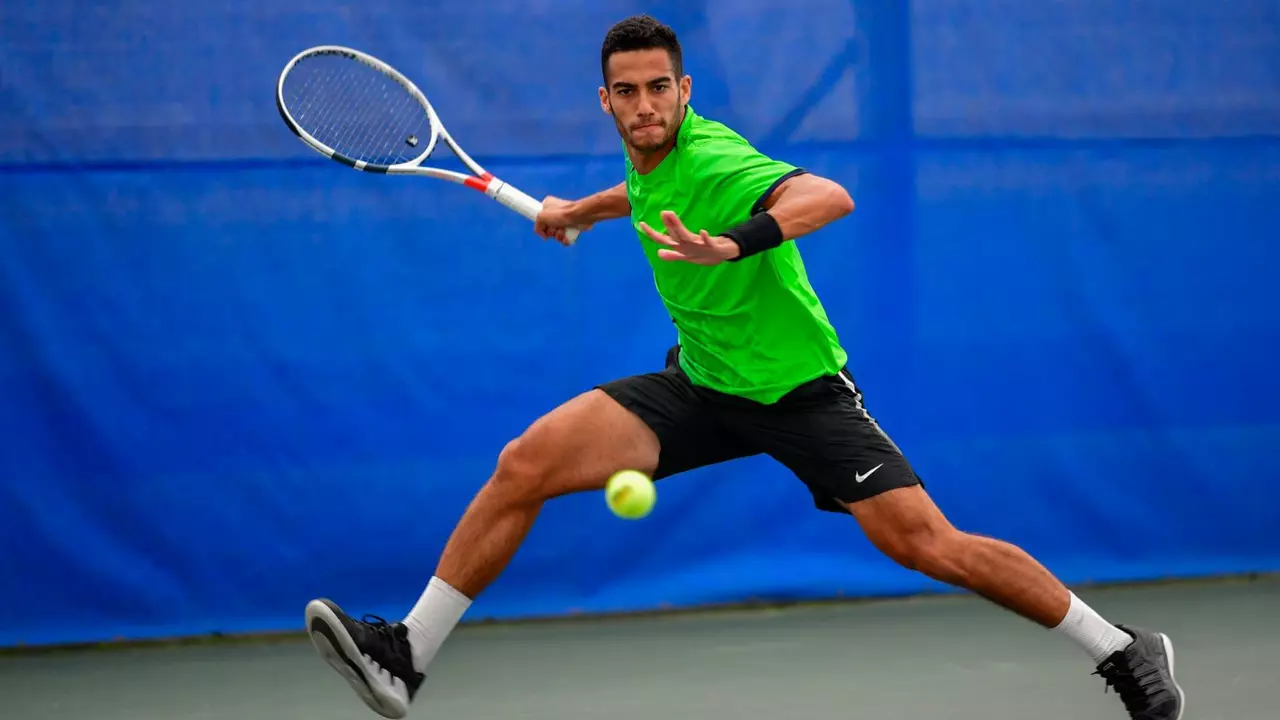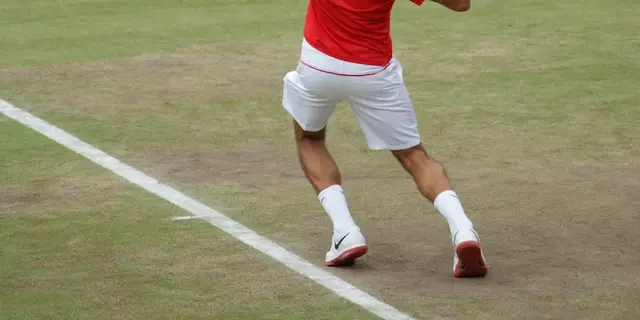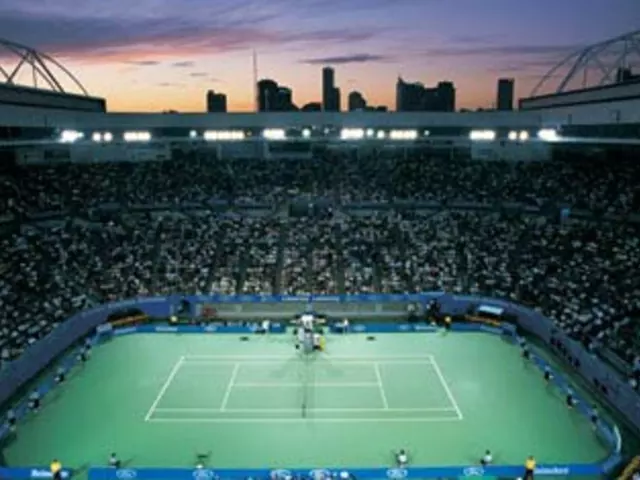Master Tennis Technique: Simple Tips to Play Better Today
Ever wonder why some players seem to glide across the court while others scramble? It’s all about technique. Little tweaks in your grip, swing path, and footwork can add power, control, and consistency instantly. Below you’ll find easy‑to‑apply advice that works whether you’re just starting out or trying to fine‑tune a seasoned game.
Serve Like a Pro – Grip, Toss, and Follow‑Through
The serve sets the tone for every point, so get the basics right. Hold the racket with a continental grip – it feels like shaking hands with the handle. Keep your toss straight up and a little in front of your body; a wobbling toss kills power. As you swing, snap your wrist and finish with the racket pointing at the target. Practice this three‑step routine on a half‑court and watch your first‑serve percentage climb.
Groundstroke Consistency – From Forehand to Backhand
Strong groundstrokes start with a solid stance. Position your feet shoulder‑width apart, knees slightly bent, and shift weight from back foot to front foot as you hit. For a forehand, use an eastern grip – imagine you’re holding a hammer. Keep the racket face slightly closed and swing low to high, finishing over your shoulder. The backhand works the same way but often feels more comfortable with a semi‑western grip. Drill both sides in a rally, focusing on smooth weight transfer, and the ball will stay deeper in the court.
Footwork is the hidden hero of technique. Quick, purposeful steps let you reach every ball without over‑reaching. Practice the split step – jump a fraction of a second before your opponent hits. This tiny hop loads your legs, letting you explode toward the ball. Combine split steps with short, choppy steps rather than long strides; you’ll recover faster and keep your balance.
Don’t overlook the role of your non‑dominant hand. On the serve and groundstrokes, it points toward the target, guiding your swing path. Keep it relaxed but purposeful; a flailing free hand throws off rhythm.
Now, let’s talk mental technique. Tennis is as much a mind game as a physical one. Before each point, take a breath, visualize the shot you want, and commit to a simple cue – “reset” after every rally. This habit breaks negative loops and keeps you focused on execution, not the scoreboard.
Equipment can help, but it won’t replace good habits. Choose a racket that matches your skill level – lighter frames for beginners, midsized heads for control, and a comfortable grip size. Replace strings when they feel dead; fresh strings restore spin and feel.
Finally, make technique a daily habit. Spend 15 minutes on the wall or a feeding drill, then 15 minutes playing points while consciously applying what you practiced. Record a short video of your strokes, watch it, and note one thing to improve next session. Small, consistent effort beats occasional marathon practice.
Ready to see real change? Pick one tip from each section, work on it for a week, and track your scores. You’ll notice better depth, more confidence on serve, and smoother movement. That’s the power of focused technique – simple, actionable, and surprisingly effective.

Why do tennis players bend when they are receiving serves?
Tennis players bend when receiving serves as a part of their ready stance, which is crucial for a quick and efficient response. This position lowers their center of gravity, enabling better balance, flexibility, and speed. It also allows them to spring in any direction based on the serve's trajectory. Bending the knees helps generate power for the return shot and promotes overall agility. So, the next time you watch a tennis match, notice this technique that blends strategy with physics.
Detail



